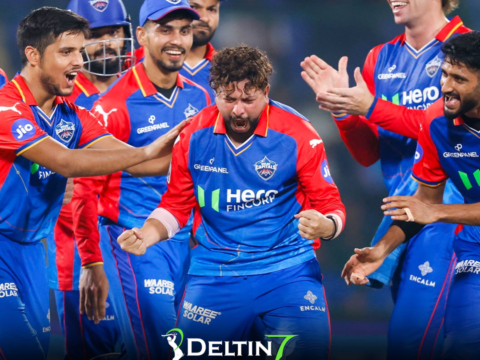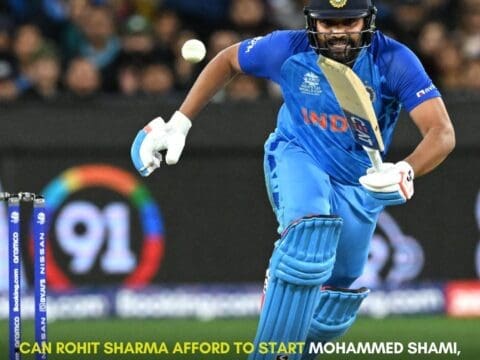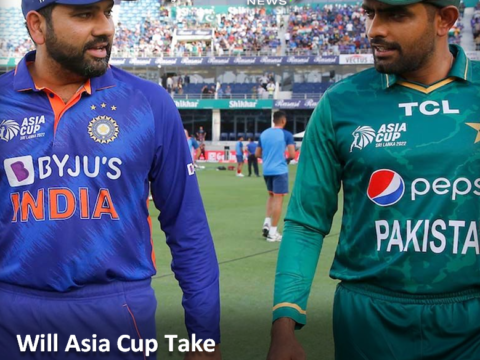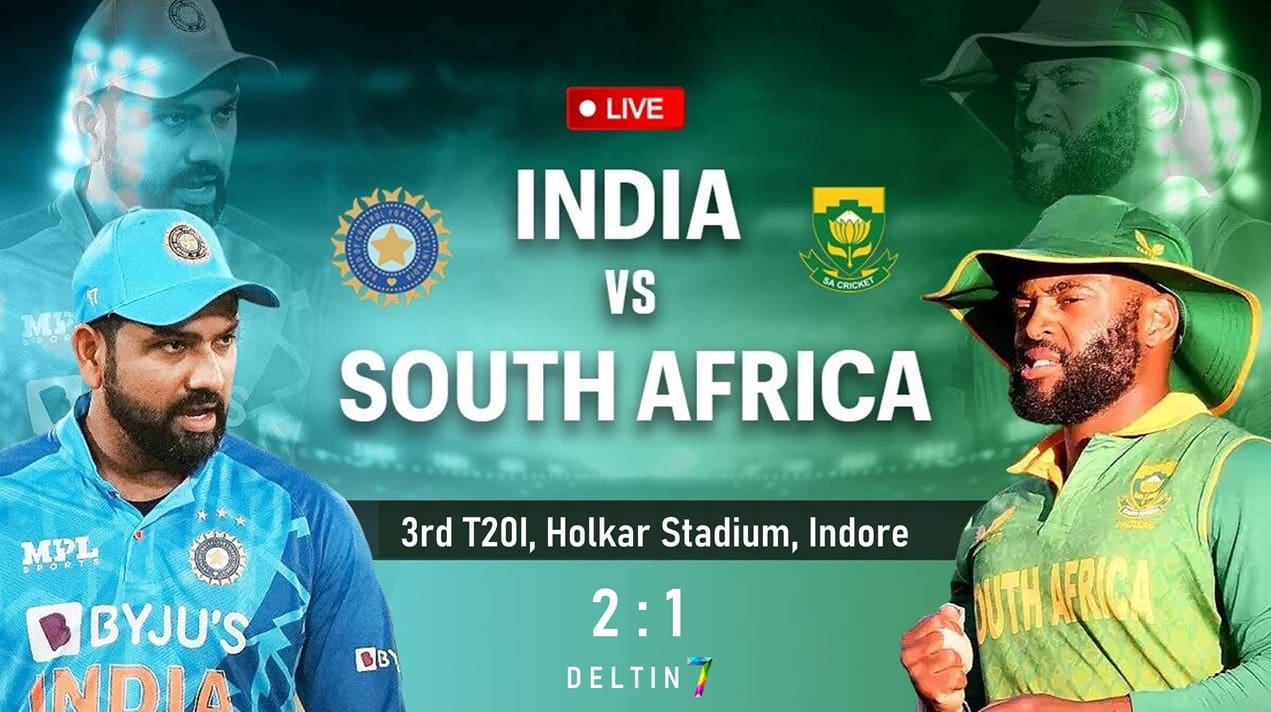
Ashwin’s Inclusion Sparks a Spin Dilemma: Shastri and Harbhajan’s Bold World Cup XI Idea for Jadeja’s Companion!
As the anticipation for the upcoming ODI World Cup reaches a fever pitch, India finds itself in the midst of an engrossing debate, one that has cricket enthusiasts across the globe riveted. While the Indian team has largely grappled with one key selection dilemma – the middle-order batting lineup – the entry of veteran spinner Ravichandran Ashwin into the squad has introduced an entirely new dimension to the discussion. Cricketing legends Ravi Shastri and Harbhajan Singh have ignited a thought-provoking discourse on the optimal spin combination for India’s World Cup playing XI.
While the middle-order conundrum involving players like Shreyas Iyer, Suryakumar Yadav, Ishan Kishan, and KL Rahul has dominated conversations, the seasoned minds of Shastri and Harbhajan have unveiled a fresh and intriguing debate surrounding the composition of India’s spin attack.
The catalyst for this engaging dialogue was not a direct question but rather a contemplation of whether finger-spinners have lost their efficacy in the fast-paced world of white-ball cricket. In a conversation with ESPNCricinfo, Harbhajan Singh, the former India off-spinner, put forth the notion that the value of a spinner in limited-overs cricket is contingent on their skill level. He argued that India’s management should not restrict Ashwin’s role solely to countering left-handed batsmen in the opposition. Instead, Harbhajan posited that Ashwin should be considered a top or second-choice bowling option for India’s playing XI, irrespective of the opposition’s composition.
“People are realizing that skill is more important. It’s not like an off-spinner shouldn’t bowl to right-handers. Even I mentioned that Ashwin should play if the opposition has more left-handers, but that is what the management thinks. But if I were the captain of the team or part of the management, I would pick my five best bowlers, and Ashwin would be first or second on that list,” Harbhajan emphasized.
This bold assertion sent shockwaves through the cricketing community, prompting a direct question about Harbhajan’s ideal bowling lineup for India’s World Cup XI. His response was nothing short of intriguing: “If I had to pick today, it would be Bumrah, Shami, Siraj, Jadeja, Ashwin.”
Until this juncture, Kuldeep Yadav’s place in the squad had been deemed secure, thanks to his stellar form since October of the previous year. In an astonishing display of consistency, Kuldeep featured in 21 ODIs during that period, the highest by any bowler in the format. He amassed 40 wickets at an astounding average of 17.20, which included an unforgettable five-wicket haul.
However, Harbhajan Singh’s resolute backing of Ravichandran Ashwin, who made a remarkable ODI comeback after a 20-month hiatus during the series against Australia, added complexity to the selection equation. Ashwin’s inclusion was not solely due to his prowess with the ball but also his ability to contribute significantly with the bat, a facet of his game that has been a pleasant surprise.
The assertion that “Kuldeep is not a certainty” found concurrence with Ravi Shastri, the former head coach of the Indian cricket team. Shastri underscored the importance of flexibility in the playing XI and acknowledged that Ashwin’s return to the squad had introduced a layer of complexity to the already intricate selection puzzle.
“You have to be flexible. I will go one step ahead and study the opposition, considering how they will approach each of our players. Now that Ashwin is part of the 15, it presents a challenge to the XI every time. Kuldeep is not a certainty, unless he comes in and starts brilliantly. There’s no doubt about Kuldeep’s performance… he’s been bowling at his best after a long time. But on a certain day and on a certain track…if the pitch is dry, you would want only two fast bowlers because Hardik Pandya is there as well,” Shastri remarked.
While Shastri advocated flexibility in team selection, he also offered advice to Ashwin. He stressed the need for Ashwin to adopt an attacking mindset as a spin option, actively seeking wickets during the pivotal middle overs.
“What you don’t want to see from Ashwin is defensive bowling when he gets the opportunity. You want him to showcase his skills and secure those wickets in the middle overs,” Shastri added.
As the cricketing world eagerly awaits the final verdict on India’s playing XI for the World Cup, the spin conundrum has introduced an element of unpredictability and excitement to the proceedings. The stage is set for a high-stakes battle between the experience of Ashwin and the recent success of Kuldeep Yadav, with India’s prospects in the tournament hanging in the balance.
The clash of ideas between the seasoned Harbhajan Singh and the astute Ravi Shastri has added an extra layer of drama and intrigue to the world of cricket, promising a thrilling spectacle on the field and sparking heated discussions off it. This debate transcends the World Cup and delves into the broader context of India’s spin bowling resources, their evolution in the white-ball format, and the strategic decisions that will shape the team’s destiny.
In the ever-evolving landscape of international cricket, the role of spinners has undergone a transformation. Traditionally, spinners were the go-to option for teams in limited-overs cricket, with their ability to extract turn and deceive batsmen considered invaluable. However, as the game has evolved, so too have the demands on spin bowlers. The proliferation of T20 cricket, in particular, has reshaped the way spinners approach their craft.
In the modern era, spinners are expected to be not just economical but also wicket-taking options. They must possess a wide array of deliveries, including variations like the carrom ball, the slider, and the googly, to keep the batsmen guessing. Spinners are no longer mere containment bowlers; they are match-winners in their own right. This shift in expectations has led to a reevaluation of the role of spinners in the limited-overs format.
Ravichandran Ashwin, a seasoned campaigner in Test cricket, has adapted his game to suit the demands of white-ball cricket. His performances in the IPL have showcased his ability to thrive in the shortest format, where he has been a key asset for his franchise. His control over variations and his strategic nous make him a formidable force in the limited-overs arena.
On the other hand, Kuldeep Yadav, with his wrist spin, presents a different set of challenges to batsmen. His ability to turn the ball both ways and extract prodigious spin makes him a unique proposition. Kuldeep’s recent resurgence, marked by impressive statistics and impactful performances, has added a layer of intrigue to the spin debate. His remarkable five-wicket hauls and his ability to run through batting lineups are a testament to his match-winning potential.
The contrasting styles and skill sets of Ashwin and Kuldeep provide the Indian team with a delightful headache, one that is indicative of the depth of talent in Indian cricket. The choice between the experienced campaigner in Ashwin and the young, vibrant wrist spinner in Kuldeep reflects the team management’s strategic outlook for the World Cup.
In the ODI format, where the middle overs often dictate the course of a game, spinners play a pivotal role in applying pressure and breaking partnerships. Their ability to control the run rate while picking up crucial wickets can turn the tide in favor of their team. This is where the choice between Ashwin and Kuldeep becomes all the more critical.

While Ashwin’s experience and tactical acumen are invaluable, Kuldeep’s wicket-taking ability and potential to provide breakthroughs make him an equally compelling option. The decision may ultimately hinge on the specific conditions and the opposition. Dry pitches that offer turn might favor Kuldeep, while Ashwin’s versatility could come to the fore on tracks with variable bounce.
As the Indian team management deliberates on this selection quandary, they must consider the broader context of the World Cup. The tournament is not just about picking the best individual performers; it’s about crafting a cohesive unit that can adapt to various scenarios and challenges. The team’s composition must strike a balance between batting depth, bowling firepower, fielding prowess, and tactical nous.
The World Cup is a high-pressure event where every decision is magnified. One missed opportunity, one dropped catch, or one tactical misstep can have far-reaching consequences. India, as a cricketing powerhouse, carries the hopes and aspirations of millions of fans. The selection of the playing XI is not just about winning matches; it’s about fulfilling a nation’s dreams.
The spin conundrum adds a layer of complexity to India’s World Cup campaign, but it’s also a testament to the wealth of talent at their disposal. It showcases the depth of Indian cricket, where multiple players can stake a claim for a spot in the playing XI. This healthy competition for places is a driving force behind India’s consistent success on the international stage.
As fans eagerly await the final verdict on India’s World Cup XI, the debate surrounding the spin combination continues to captivate the cricketing world. The clash of ideas between two stalwarts of the game, Harbhajan Singh and Ravi Shastri, underscores the passion and commitment that cricket evokes in its enthusiasts.
In the coming months, all eyes will be on India as they embark on their quest for World Cup glory. Whether Ashwin or Kuldeep gets the nod, their performances on the field will ultimately dictate the course of India’s campaign. Cricket, as always, will be the ultimate judge, and the world will be watching with bated breath as the drama unfolds on the grand stage of the ODI World Cup. The great spin debate will undoubtedly leave an indelible mark on the tournament, adding another layer of excitement to an already enthralling event.
In conclusion, the selection of India’s World Cup XI is not just a matter of picking players; it’s a complex puzzle that requires careful consideration of various factors. The debate between Ashwin and Kuldeep encapsulates the essence of modern cricket, where adaptability and versatility are prized attributes. It’s a testament to the depth of talent in Indian cricket and the high standards that players must meet to earn a spot in the national team.













